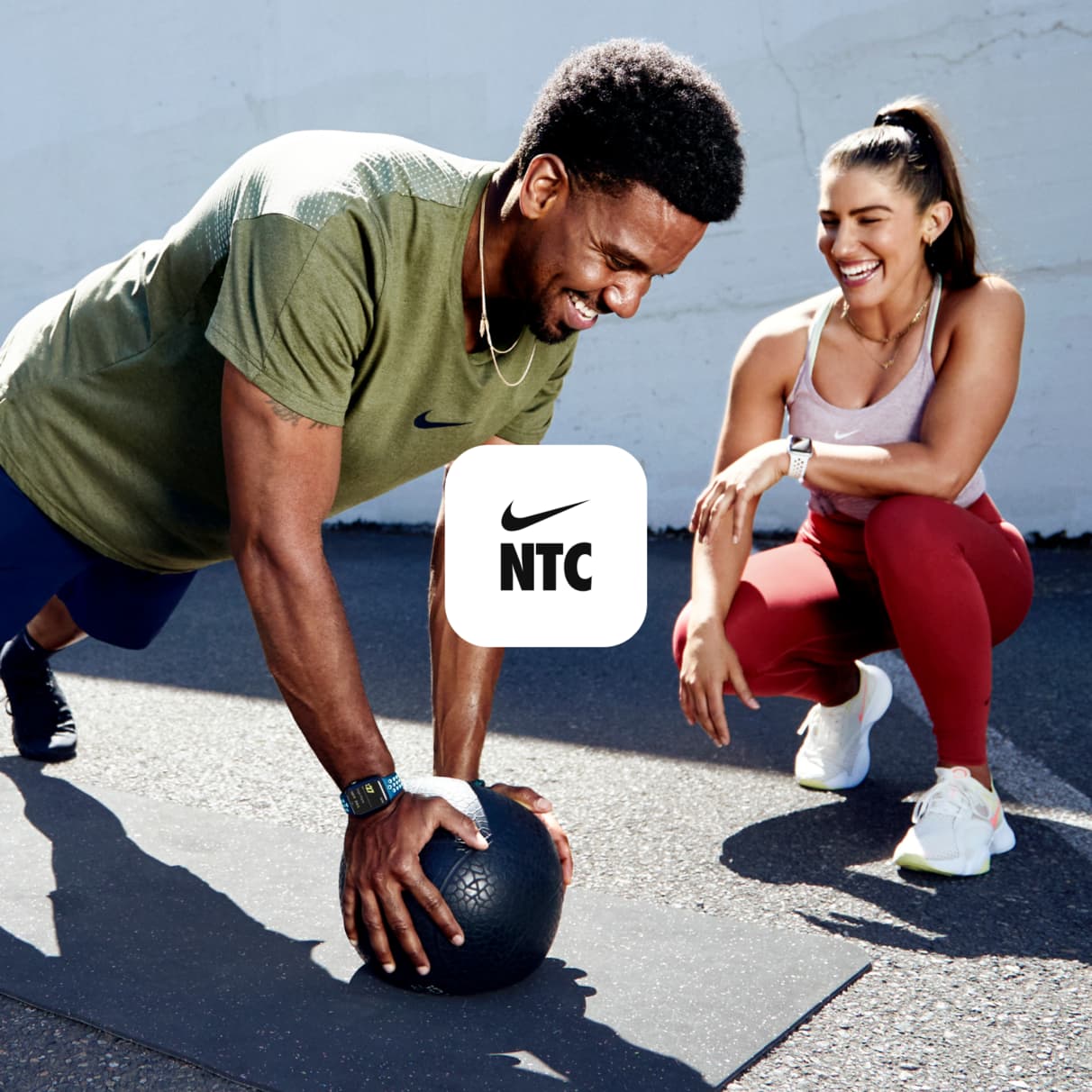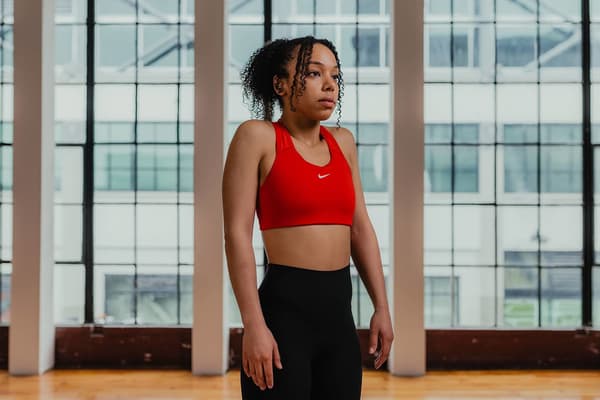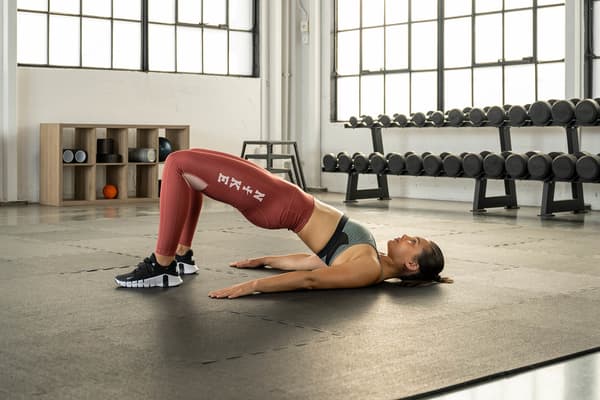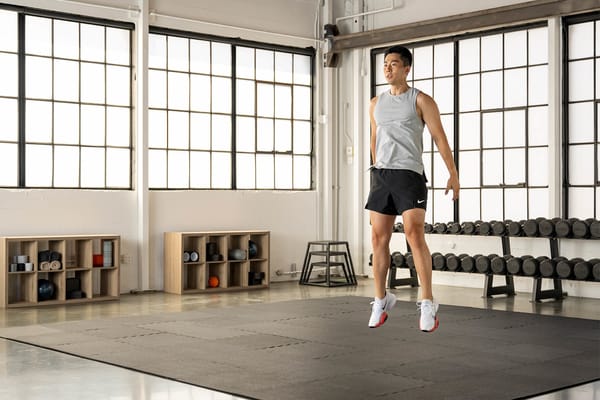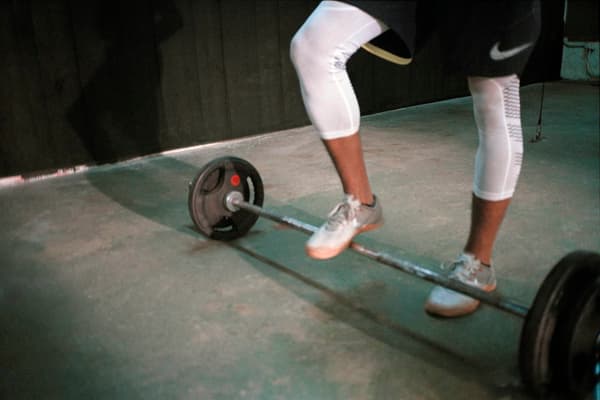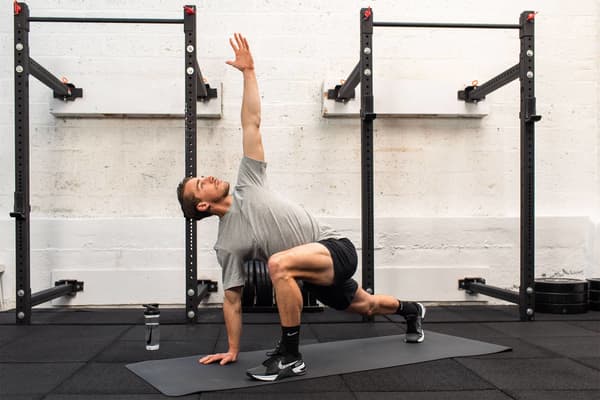5 Expert-Approved Squat Variations To Try
Sport & Activity
Plus, all the reasons why squats deserve a spot in your workout routine.
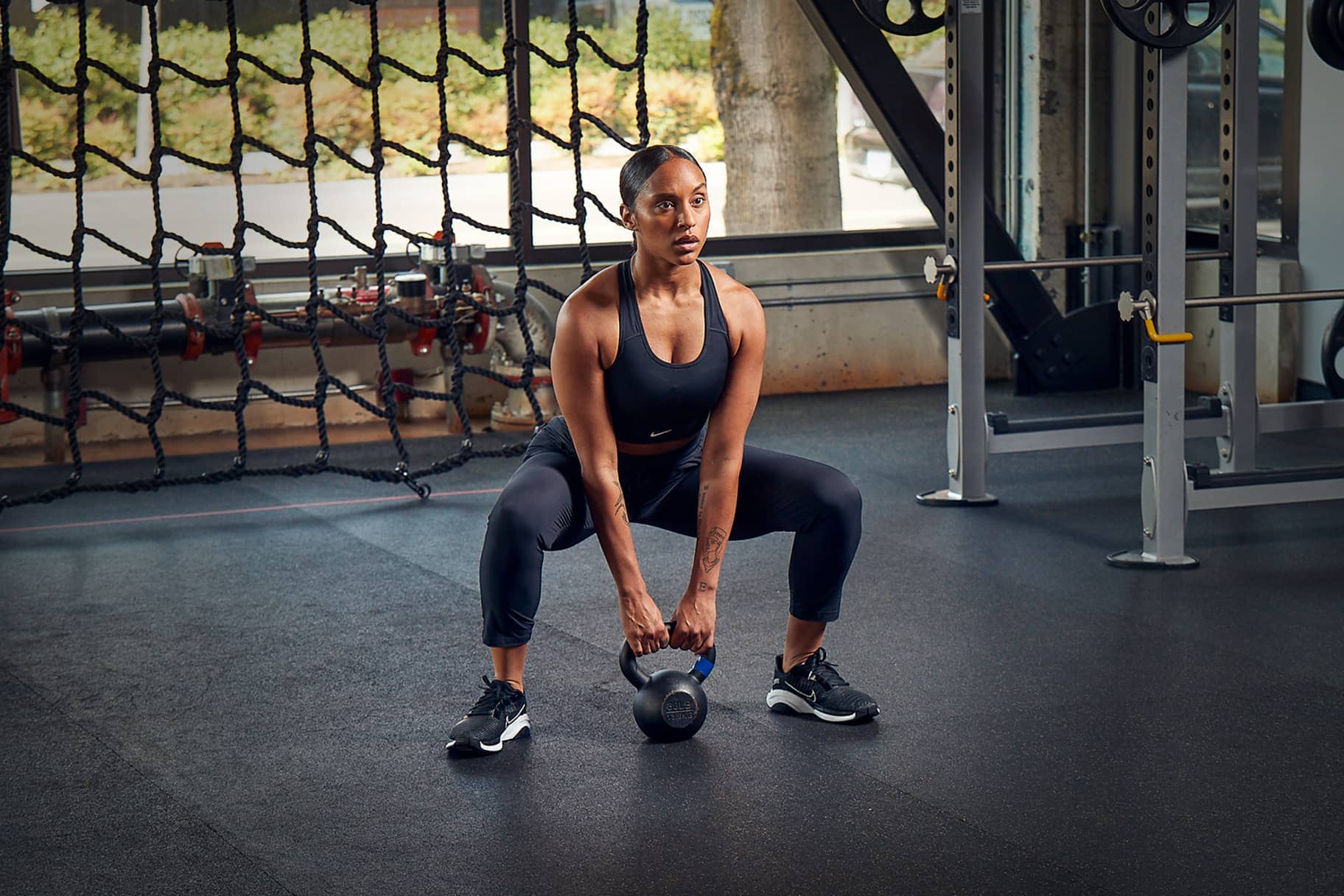
Squats are one of the most efficient exercises out there. Not only do they target some of the biggest muscle groups in your body—namely, the quads, hamstrings and glutes—but also, if done correctly, they can lead to a full-body workout, said NASM CPT Drew Stauffacher.
Squats require that your core is activated, and if you add resistance, your arms and shoulders will get fired up too, Stauffacher said.
"The reason squats are an efficient exercise is that they're a compound movement—meaning you are moving multiple joints (your hips, knees and ankles), which allows you to work multiple muscle groups at the same time", said Duane Scotti, PhD, board-certified orthopaedic physiotherapist and clinical associate professor of physiotherapy at Quinnipiac University.
But while squats are an excellent strength exercise, they boast several unexpected perks, too.
1.They improve hip and ankle flexibility.
When it comes to your hips, having a good range of motion is important as it helps take pressure off the lumbar spine, which, in turn, prevents lower back pain, Scotti said. Regularly squatting can help with this since the exercise involves strengthening your leg muscles.
Lack of ankle mobility is also another common problem in active adults, which can be caused by limited flexibility of the surrounding calf musculature—particularly the gastrocnemius and soleus muscles, as well as the achilles tendon, Scotti said. Studies have shown that ankle flexibility and achilles ankle stiffness directly impacts the depth of your squat, which is why performing eccentric movements such as squats can help improve tendon health in the long run. As Scotti said, performing squats will improve the "flexibility of these structures—especially if an individual is feeling tight".
(Related: 5 Benefits of Stretching Daily, According to Experts)
2.They reduce the risk of injury.
Squats target nearly all our lower-body muscles, including your glutes, quads, hip flexors, calves and adductors. By strengthening these muscles, you can help reduce the stress caused on your joints and surrounding soft tissues, like tendons, Scotti said.
In fact, research has demonstrated that individuals who have stronger glutes and quads have decreased incidence of knee pain. "Specifically, runner's knee or patellofemoral pain syndrome. These are not only treated but are also prevented by strengthening these muscles", Scotti said.
3.They offer variety.
Adding variety is important for strengthening a scope of muscles that may not be targeted in a traditional squat.
"Continuing to do the same thing over and over will increase compensation in some areas, and not strengthen other areas, which can cause big-time problems long-term", Stauffacher said. Muscle imbalances like this can increase stress on joints and tendons, cause tension in other muscles and lead to poor posture—all of which can lead to injury.
The quads, hamstrings and glutes are all major muscle groups, made up of a lot of smaller muscles. That's why it's important to not just favour one type of squat and push these muscle groups in different ways for a balanced strength programme, Scotti explained.
(Related: How To Find Squat-Proof Leggings)
Ready to get started? Check out the top five squat variations Stauffacher recommended to add to your regular workout routine. Before jumping in, bear in mind that form is key.
In order to achieve a strong base for your squat, it's key that your feet remain balanced, "meaning your weight should be distributed evenly between the balls and heel of your feet", Scotti said. "This will provide you with a strong, comfortable position to execute a squat".
Five Squat Variations
1.Dumbbell Squat Thrusters
Grab a set of dumbbells and stand with feet hip-width apart. Stack the dumbbells at chin level and face your palms inwards towards your chin. From here, slowly lower into a squat position until your thighs are parallel to the ground, or as deep as you can without losing form. Then, as you stand up to the starting position in a controlled, yet explosive manner, press the dumbbells overhead.
Repeat for six to 15 reps and aim for three sets.
2.Kettlebell Goblet Squat
Grab a medium to heavy kettlebell by the horns and stand with feet slightly wider than shoulder-width apart. Bring the kettlebell to chest level by tucking your elbows underneath so that they're pointing towards the ground (aka, goblet position). Brace your core, keep your spine neutral, bring your hips back and lower into a squat position. Ensure that the kettlebell remains close to your body throughout the entire movement and that your elbows remain inside of your knees. Engage your glutes and drive through the heels to return back to standing.
Repeat for 10–15 reps and shoot for three sets.
(Related: What's the Difference Between a Squat and Deadlift—And Which Is Better?)
3.Kettlebell Sumo Squat
Grab a medium to heavy kettlebell and stand with your feet wider than hip-width apart. Toes should be pointed at a 45-degree angle. Hold the kettlebell in front of your body so that it's between your legs. Brace your core, keep your spine neutral, bring your hips back and slowly lower into a squat position. Your knees should be pointed out as opposed to caved in. If you're doing the movement correctly, you should especially feel it in your inner thighs. Aim to tap the kettlebell on the ground, but don't break your form to do so.
Repeat for eight to 12 reps and strive for three sets.
4.Medicine Ball Squat and Toss
Stand with your feet hip-width apart and hold a light- to medium-weighted medicine ball at chest level. Brace your core, keep your spine neutral, bring your hips back and slowly lower into a squat position. Make sure the medicine ball remains at chest level. Push through the heels and come up explosively, throwing the ball up overhead. Catch the ball and immediately drop back down into a squat position. The goal here is to move quickly to help rev up your heart rate.
Repeat for 15–20 reps and aim for three sets.
5.Pulse Squat
This movement can be done with or without weights. Lower down into a squat position so that your quads are parallel to the ground. Push through the heels and pulse up and down 5cm or so. These are meant to be smooth and quick motions that keep constant tension on the muscles. Instead of reps, Stauffacher recommends doing pulse squats in the form of an AMRAP (as many reps as possible)—for instance, 30 seconds on and then 30 seconds off, for three to five sets.
Words by Faith Brar
